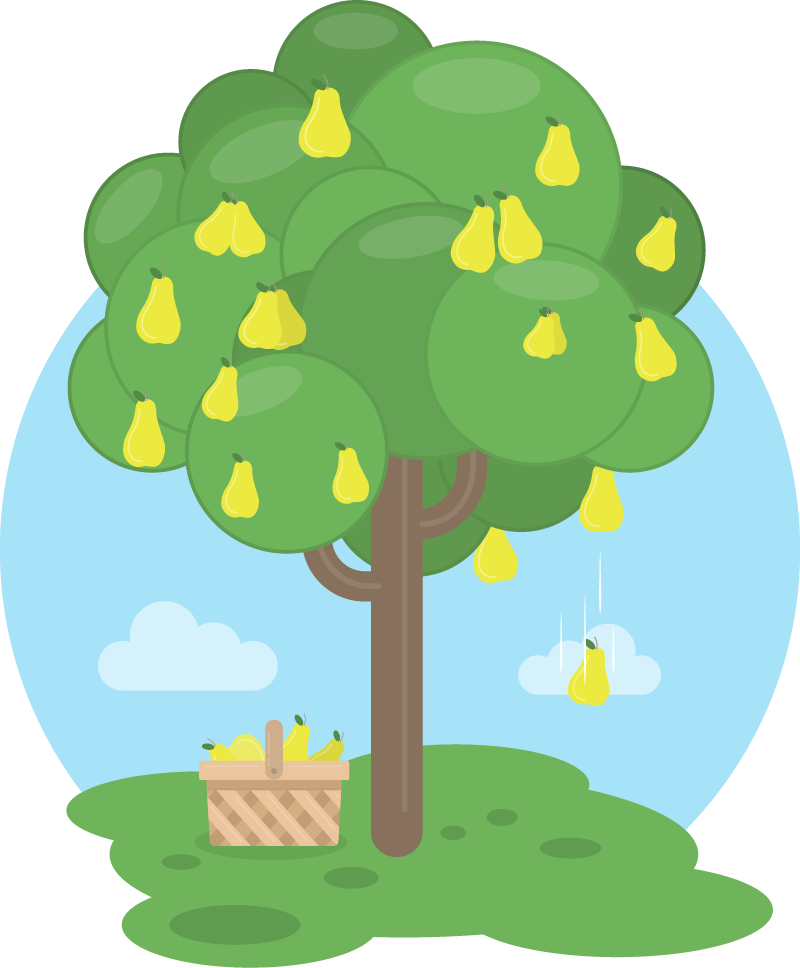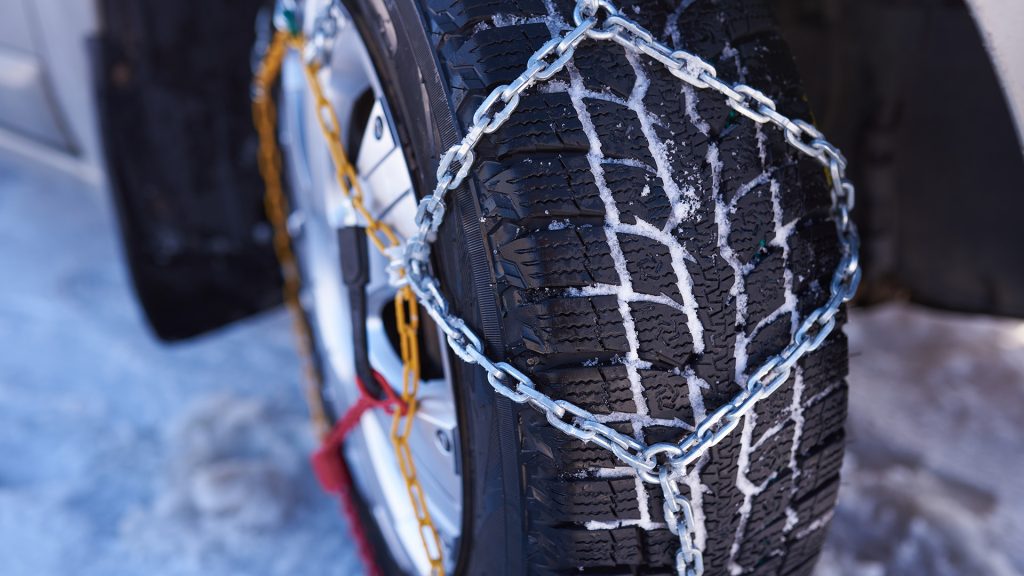Some of the natural phenomena are consequences of applied forces. When describing forces, first, the observed object needs to be determined.
For example, a pear falls from a tree. The observed object is the pear, and everything else is the surroundings.

When a force is applied on the observed object, it can cause the object to change the speed, change the direction of motion, or to change the shape.
In the example of the falling pear, the gravitational force is applied on the pear. Therefore, the speed of the pear is increasing.
Another example is a playdough that is squeezed by hands. The change happens because of the force of hands is applied to the playdough.

The ball bounces off the wall. The force of the wall acts on the ball and makes the ball to change the direction. During the bounce, the shape of the ball changes a little, but the most noticeable is the change in the direction of motion.

Below, several phenomena are described. Think and link together the phenomena with the most noticeable effect of the applied force.
| A football ball bounces off a goal post. | Change of direction of motion |
| A train starts to move from a station. | Change of speed |
| A piece of a pizza dough is rolled out. | Change of shape |
| A plane take-off from the airstrip. | Change of speed |
| A hockey puck bounces of the fence. | Change of direction of motion |
Forces are physical quantities used to describe the action of one object on another object.
The force is marked with the letter F. The unit of force is Newton. It is represented by the letter N.
Let’s look at some of the forces that you encounter every day.
Gravitational force is the result of the Earth’s action on objects on and around its surface. The action of gravitational force can be observed during a free fall of an object. It is labelled as Fg.

The force that resists the sliding or the rolling of one solid object over another is called a force of friction. It acts in the opposite direction to the object’s movement.
E.g. Friction between tyres and the road is important when the car is braking.

A force that resists the movement in fluids, and acts in the opposite direction to the object’s movement, is called a drag force.
The drag force depends on the shape of the object and the type of fluid in which the object is moving. The drag force in the same fluid also depends on the size of the cross sectional area and the speed of motion.
E.g. the drag force has an important role in skydiving.

Look at the clip.
Name the force that causes the ball to stop. How do the cases with parquet and grass differ?
Force of friction. The cases differ in the magnitude of the force of friction.
Forces are divided into contact forces and non-contact forces, which are sometimes called field forces.
Gravitational force is a field force, while the friction and the drag force are contact forces.
An example of a contact force is also the force of a needle on fabric.
Forces are also divided into point, surface and body forces; depending on the nature of the point of application of a force. For example, a needle acts on the fabric at a certain point and we say that the needle force on the fabric is a point force.
Friction and drag forces are surface forces.
Gravitational force acts on every bit of the body mass. It is distributed throughout the body. Gravitational force is a body force.


